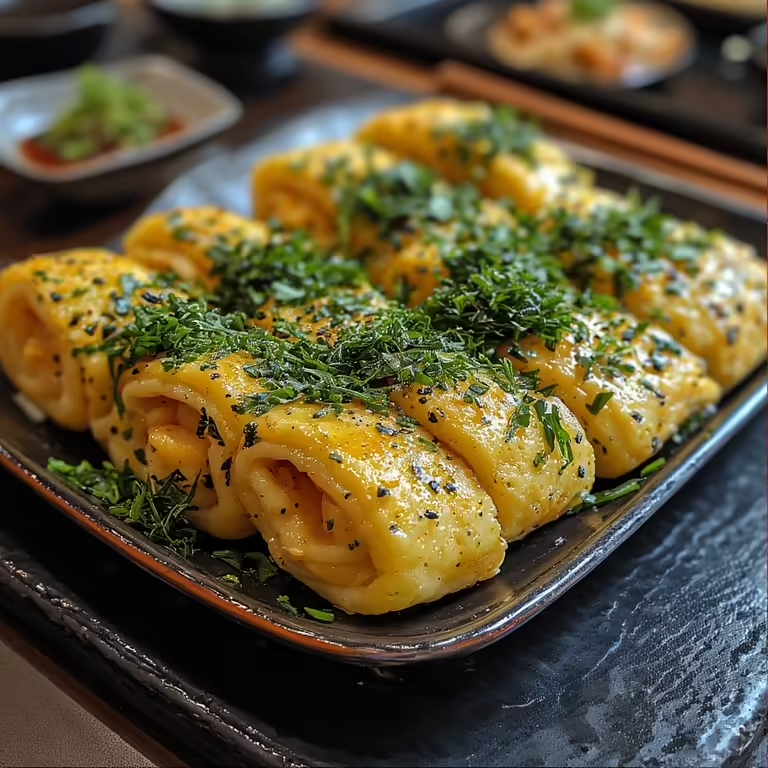
A Modern Twist on a Classic Japanese Omelette
Tamagoyaki with Katuk
Last Updated
What is Tamagoyaki?
Tamagoyaki is a traditional Japanese omelette that holds a significant place in Japanese cuisine, both in terms of flavours and cultural importance. The dish is characterised by its distinct sweet and savoury taste profile, which is achieved through a delicate balance of ingredients, including eggs, soy sauce, and mirin. What’s more is its history can be traced back several centuries, where it was enjoyed in various forms at home and in restaurants, evolving into a staple of Japanese breakfast cuisine.
The Rolling Technique
The preparation of tamagoyaki typically involves a technique known as “rolling,” where layers of partially cooked egg mixture are folded and rolled into a rectangular shape. Additionally, this technique can yield different variations, including the popular rolled version, which presents a fluffy, layered appearance, and the square version, often cooked in a square pan, known as “makiyaki.” Each type offers a unique texture and is often served with rice or as part of a bento box.
A Japanese Favourite
Tamagoyaki is revered not just for its taste, but also for its cultural significance. It is often featured in important Japanese meals, including special occasions and celebrations, showcasing the care and artistry behind its preparation. Moreover, the essential ingredients for tamagoyaki go far beyond the basic components. Furthermore, the quality of the eggs plays a pivotal role, often with free-range or organic eggs being preferred for their rich flavour and vibrant colour.
An Adaptable and Beloved Dish
Additionally, regional variations exist, where local ingredients are incorporated to elevate the dish further. For instance, some recipes may include delicate seafood or seasonal vegetables, making tamagoyaki an adaptable and beloved dish across various Japanese locales. Its versatility and taste have contributed to its enduring popularity, making it a must-try for anyone interested in authentic Japanese culinary traditions.
Katuk (Sweet Leaf) Plant Nutrition, Benefits and Facts

Sweet Leaf: Phyllanthus Androgynus
Phyllanthus Androgynus, known as Katuk or Sweet Leaf, is an Edible Green that Deserves Recognition and Grows Prolifically in Tropical and Sub-Tropical Gardens.

Edible Garden Cookbooks

Katuk, Sweet Leaf Powder
Katuk, scientifically known as Phyllanthus androgynus, is a leafy green plant that hails from Southeast Asia. Often referred to as sweet leaf, katuk has gained popularity for its mildly sweet flavour and tender texture, making it a delightful addition to various dishes. What’s more is the leaves are a lush and vibrant green. Furthermore, this contributes not only to the visual appeal of meals but also to their nutritional value. Katuk is rich in vitamins A, C, and K, as well as calcium and iron, promoting overall health and wellness.
Traditional Medicinal Uses
Medical studies have reported the prospective of Phyllanthus androgynus as an antioxidant, antimicrobial, wound healing, anti-inflammatory, anti-diabetic, and additionally as an anti-obesity agent. Read More . . .
Numerous Culinary Traditions
Moreover, this versatile green can be utilised in numerous culinary traditions, particularly within Indonesian, Malaysian, and Thai cuisines. In these regions, katuk is frequently incorporated into soups, stir-fries, and salads. In addition this enhances the flavour profiles while providing essential nutrients. Its compatibility with proteins, such as eggs, elevates dishes like the traditional Japanese omelette, tamagoyaki. Additionally, by introducing katuk into this classic recipe, the fusion tamagoyaki not only embraces the cherished Japanese cooking techniques but also integrates the unique, slightly sweet notes of the sweet leaf.
Sourcing Katuk Leaves
When sourcing katuk, fresh leaves are preferable for optimal flavour and nutritional benefits. Local Asian grocery stores or farmers’ markets may offer fresh katuk plants, which are often available in abundance. Alternatively, for those unable to find fresh leaves, katuk varieties can also be grown at home in pots. What’s more, they require minimal care and yielding a continuous supply throughout the growing season. Moreover, for those living in tropical climates such as Darwin, Sweet leaf can be grown outdoors all year around. Preparation of katuk is straightforward; simply rinse the leaves under cold water and remove any tough stems before incorporating them into dishes.
In summary, katuk not only contributes valuable nutrients and flavours to culinary creations but also plays a significant role in modern adaptations of traditional recipes like tamagoyaki. Its role in the fusion of flavours exemplifies the blend of cultural cuisines and the potential for innovation in everyday cooking.
Tamagoyaki with Katuk: Japanese Rolled Omelette Recipe
A popular dish in Japanese cuisine, Tamagoyaki is an exquisite rolled omelette that can be enjoyed in various ways. This fusion recipe for four also incorporates katuk, a leafy green that adds a distinctive flavour and nutritional value. Here, we will detail the ingredients required and the step-by-step process to create this delightful dish.
Servings
4 people
Prep Time
15 minutes
Cooking Time
20 minutes
Calories
234 kcal
Step-by-Step Instructions
Ingredients:
- Eggs: 4 large
- Dashi stock (or water): 2 tablespoons = 30 mL = 1 fl oz
- Soy sauce: 1 tablespoon = 15 mL = 0.5 fl oz
- Sugar: 1 tablespoon = 12.5 g = 0.44 oz
- Salt: to taste
- Katuk leaves, finely chopped: 1 cup = 240 mL = 8 fl oz
- Oil for cooking: as needed
Directions
- In a mixing bowl, whisk together the eggs, dashi stock, soy sauce, sugar, and a pinch of salt until well combined.
- Heat a non-stick square frying pan over medium heat and lightly coat it with oil.
- Pour a small amount of the egg mixture into the pan, swirling it to cover the base. Once the edges start to set but the centre is still slightly runny, add a handful of chopped katuk leaves on top.
- Using a spatula, gently roll the omelette away from you, starting from the edge closest to you. Push the rolled omelette to one side of the pan.
- Add more egg mixture and let it spread out. As it cooks, repeat the process, rolling the new layer over the previous one, until all the mixture is used up.
- Once cooked, remove the tamagoyaki from the pan and allow it to cool slightly. Slice it into equal pieces for serving.
For optimal texture, it is essential to cook each layer slowly and to avoid overcooking. On top of that, this fusion tamagoyaki with katuk not only boasts a beautiful appearance but also offers an eye-catching green hue and a refreshing taste.
Rate this Recipe
Share this Recipe
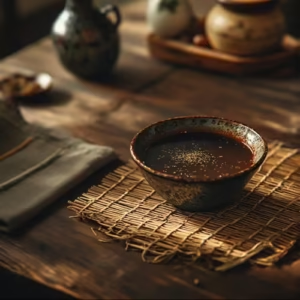
Japanese Soy Sauce

Japanese Sake

Japanese Square Tamagoyaki Pans
Silicone Non-stick Tamagoyaki Spatula
Tamagoyaki with Katuk: Serving Suggestions and Variations

Additionally, the fusion tamagoyaki that incorporates katuk can be served in multiple, delightful ways. This reflects both traditional Japanese etiquette and modern culinary preferences. A well-prepared tamagoyaki is often sliced into rounds or rectangles. This makes it visually appealing and easy to share, which is rooted in Japanese dining customs. For an elevated experience, consider presenting the omelette on a bamboo platter. it can be garnished with thinly sliced scallions or edible flowers for a pop of colour and freshness.
Accompanying Side Dishes
Accompanying sides can enhance the overall dining experience. One suggestion is to pair fusion tamagoyaki with a light soy sauce dip fused with sesame oil, which adds a nutty depth to the dish. Alternatively, a drizzle of ponzu sauce—comprised of citrus and soy—can provide a refreshing, tangy contrast. Finally, for those who prefer a heartier meal, serving it alongside quick-pickled vegetables or a simple salad. with a sesame dressing can balance the richness of the omelette while offering textural diversity.
Healthy Tamagoyaki Variations
Moreover, to cater to various dietary preferences or flavour profiles, one might experiment with additional ingredients in the tamagoyaki. For example, incorporating finely chopped vegetables such as bell peppers, zucchini, or even contrasting flavours like feta cheese can provide a unique twist that reflects personal tastes. Similarly, for those who are vegetarian or health-conscious, consider substituting traditional soy sauce with a low-sodium alternative or tamari.
Tamagoyaki Rolling Technique Video
Japanese Traditions
Culturally, sharing food carries immense importance in Japanese traditions, symbolising connection and community. This fusion tamagoyaki can be enjoyed in a variety of settings, from informal gatherings to elegant dinner parties, fostering a spirit of sharing and enjoyment. Moreover, attendees are encouraged to take a slice and appreciate the unique blend of flavours, making for a memorable culinary experience.
More Quick and Easy Dinner Ideas
The Best Home Made Mexican-Inspired Salsa
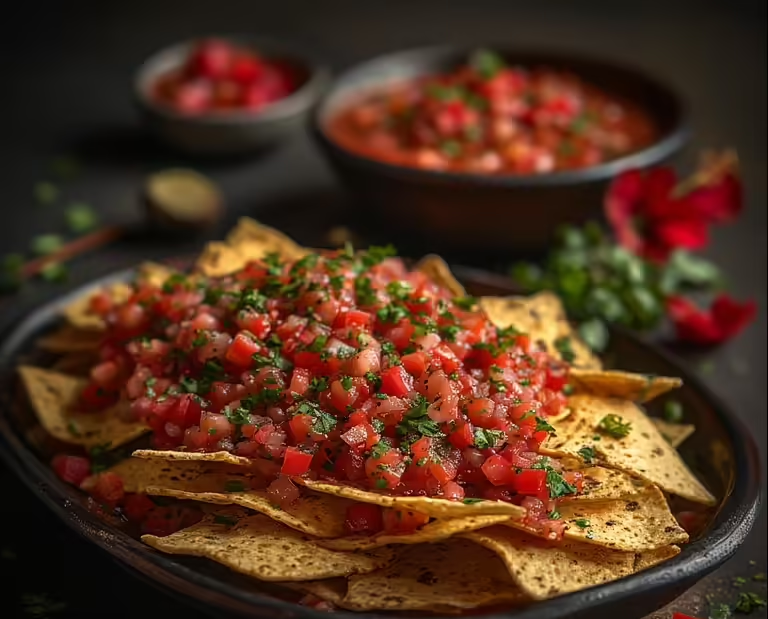
Spicy Sabdariffa Salsa
This Vibrant and Tangy Salsa is a Delicious addition to any Meal, providing a Refreshing Fusion that elevates Traditional Salsa to a whole New Level!

Pinot Grigio

Sangiovese
The Best Edible Tropical Greens List
Growing greens at home reduces reliance on commercial produce, which may be impacted by transportation and storage conditions. Furthermore, cultivating fresh tasty vegetables allows individuals to gain a deeper understanding of their growing patterns and nutritional needs. Ultimately this leads to a more holistic, connected and mindful approach to eating fresh greens at home. Read More . . .
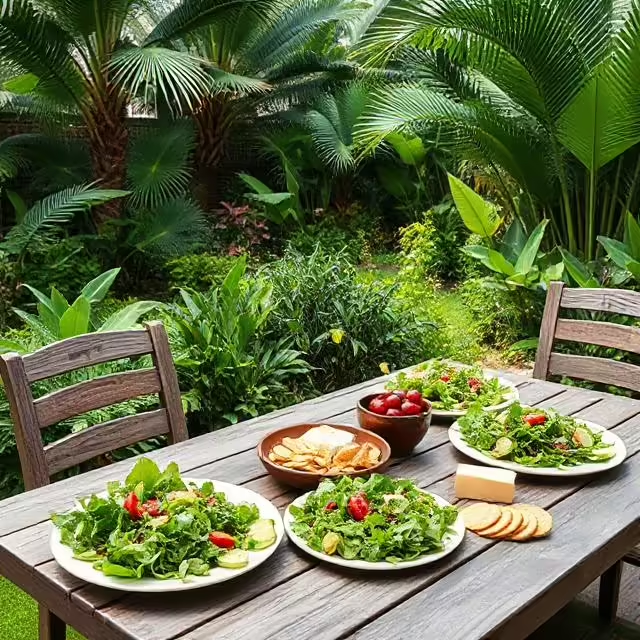
7 Best Edible Tropical Greens
Incorporating edible greens into one’s diet offers a plethora of health benefits. These greens are typically low in calories while being rich in essential vitamins, minerals, and antioxidants.

Kangkong Water Spinach Seeds
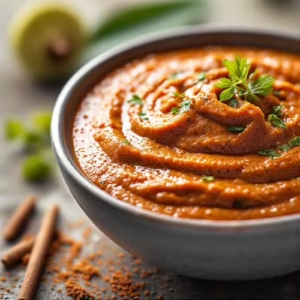
Delicious Laksa Paste
More Edible Tropical Greens
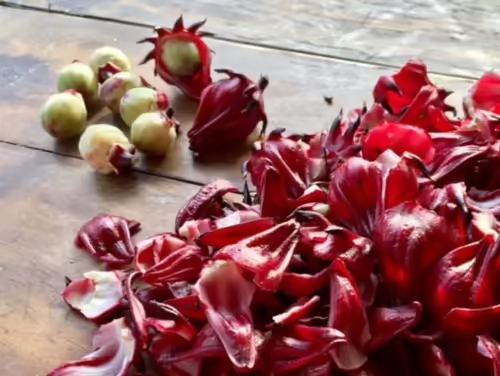
Hibiscus Sabdariffa: The Roselle
Hibiscus Sabdariffa: The Roselle or Rosella produces vibrant, striking flowers, which can elevate the aesthetic appeal of any garden and reaching heights of up to 2-3 meters.
Planting Calendars and Guides
Finally, don’t forget to give your Sweet Leaf plants the best start by correctly choosing the optimal times for seasonal sowing and harvesting.

Gardening Calendars for Planning and Planting

Astrological Moon Calendar & Planting Guide
Edible Top End Gardens: Design and Creation
Top End Gardens have been designing and creating edible tropical gardens for over 20 years. Get in Touch to Find Out More.
Book an Appointment Now!
Free quotes for irrigation, gardening and landscaping projects are available upon request
Popular Posts
View More Posts
Don’t Miss Out These Great Deals From Our Ebay Partners!

Organic Hibiscus Flower Extract
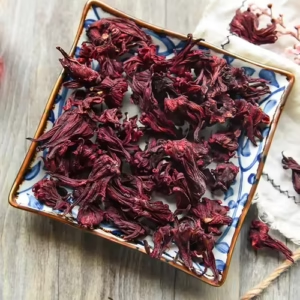
Hibiscus Sabdariffa Flowers

Sweet Potato Roasting Pans

Sweet Potato Powder

Women’s Waterproof Gumboots

Stylish Women’s Gardening Gloves

Walk Behind Whipper Snippers

Best Rated Reliable Pressure Washers
2025 Anti-Obesity Berry Springs Irrigation Services Brazilian Spinach Controllers and Timers Darwin Dry Season Edible Garden Gardening in Australia Girraween Irrigation Services N.T. Healthy Food Home and Garden Humpty Doo Irrigation Services Hunter Irrigation Hunter NODE Hunter X-Core Indonesian Food Installing Irrigation Controller Irrigation Controller Irrigation Installers Near Me Irrigation Repairs Irrigation Repairs Near Me Irrigation Services Near Me Irrigation Systems Irrigation Timer Irrigation Valves Irrigation Zones Lawn Sprinklers Litchfield N.T. Livingstone Irrigation Services Malabar Spinach Moringa Oleifera Orbit Palmerston Sprinkler Timer Super Food Sweet Leaf Sweet Potato Thai Food Traditional Medicine Tropical Vegan Food Vegetables Vegetarian Food Water Spinach

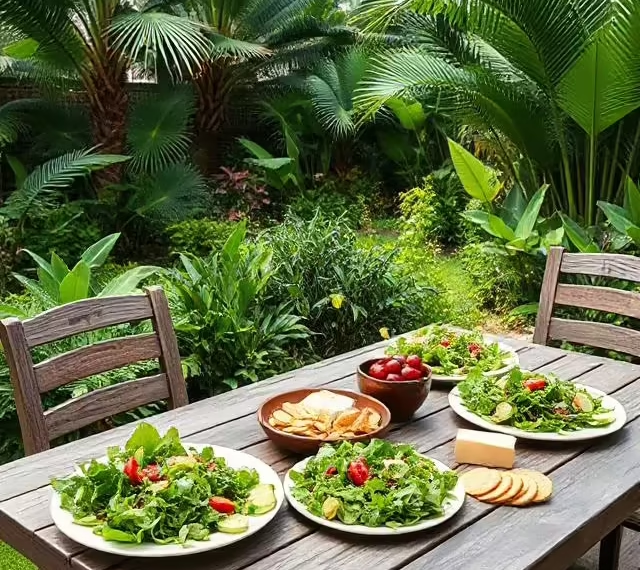

Comments